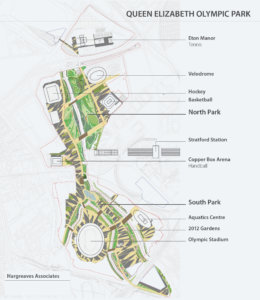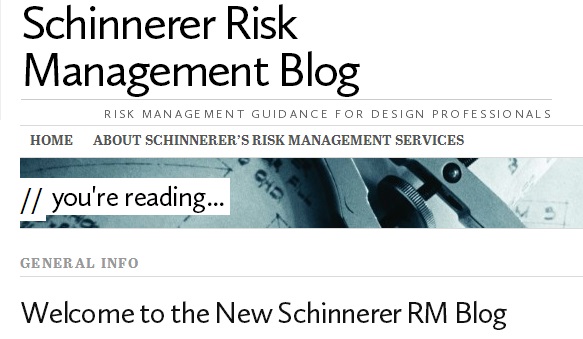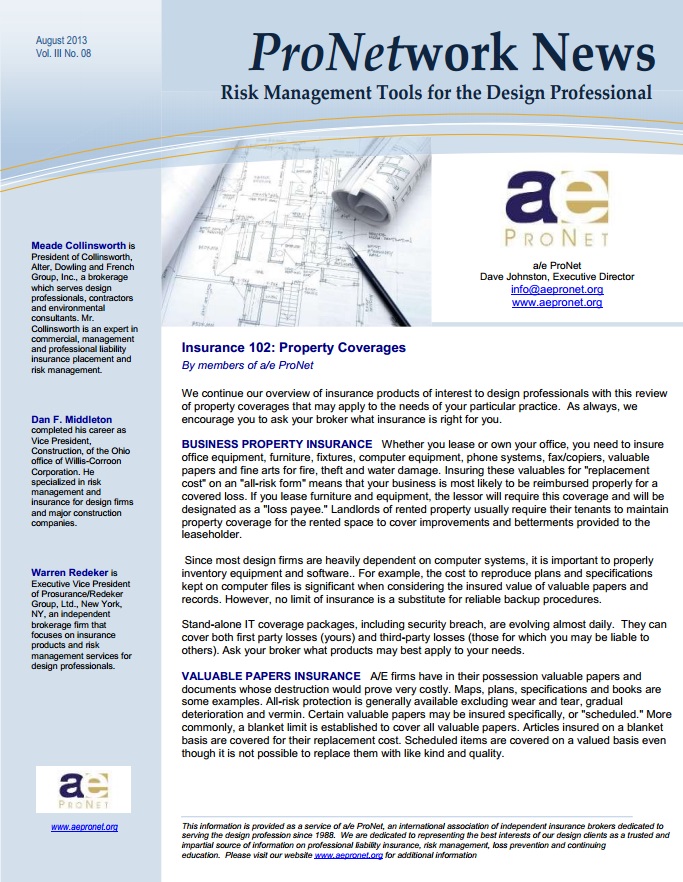 In Barcelona last month, a/e ProNet client Hargreaves Associates received the Rosa Barba International Landscape Prize for Queen Elizabeth Olympic Park. Senior Principal Mary Margaret Jones was on hand to collect the 15,000 Euro prize and spoke briefly about the project, which she helped design for the 2012 Summer Olympics in London.
In Barcelona last month, a/e ProNet client Hargreaves Associates received the Rosa Barba International Landscape Prize for Queen Elizabeth Olympic Park. Senior Principal Mary Margaret Jones was on hand to collect the 15,000 Euro prize and spoke briefly about the project, which she helped design for the 2012 Summer Olympics in London.
The park converted an abandoned industrial area of the capital. After years of pollution damage, the riverbank needed rehabilitation, and Hargreaves found a way to do it. At 270 acres, Queen Elizabeth Olympic Park is the largest park created in Europe in more than 150 years.
As Jones said, the goal was to develop the area in a beautiful, sustainable way. Hargreaves Associates collaborated with London’s LDA Design on the innovative master plan. They combined traditional British landscapes with forward-thinking trends in green design. They hoped it would continue to be an asset to the city in the years after the Games had come and gone. The theme of the 9th International Biennial of Landscape Architecture was “Tomorrow Landscapes,” so the olympic park was the perfect candidate for the prize.
Learn more about the development of the park
Watch a short film on the creation of the park posted by the UK Landscape Institute. Or read more about the design at the Hargreaves website:
“The head gardener of the Olympic Park says,”This may have the feel of a Chelsea show garden, where everything has been grown to be at its best for the same limited period of time, but it really isn’t. After the Games, everything will be allowed to flower at its natural time of year. I’ve been a gardener for 35 years and I’d always previously worked on private estates because most municipal gardens are a bit crap. But this park is absolutely stunning.”
Congratulations to Hargreaves Associates! Read more about the award and ceremony at World-Architects.com.
Shout-out Credit:
Leslie Pancoast, CIC, RPLU
Managing Partner
IOA Insurance Services – Pleasanton, CA
Email: Leslie.Pancoast@ioausa.com / Phone: 925-416-7862







